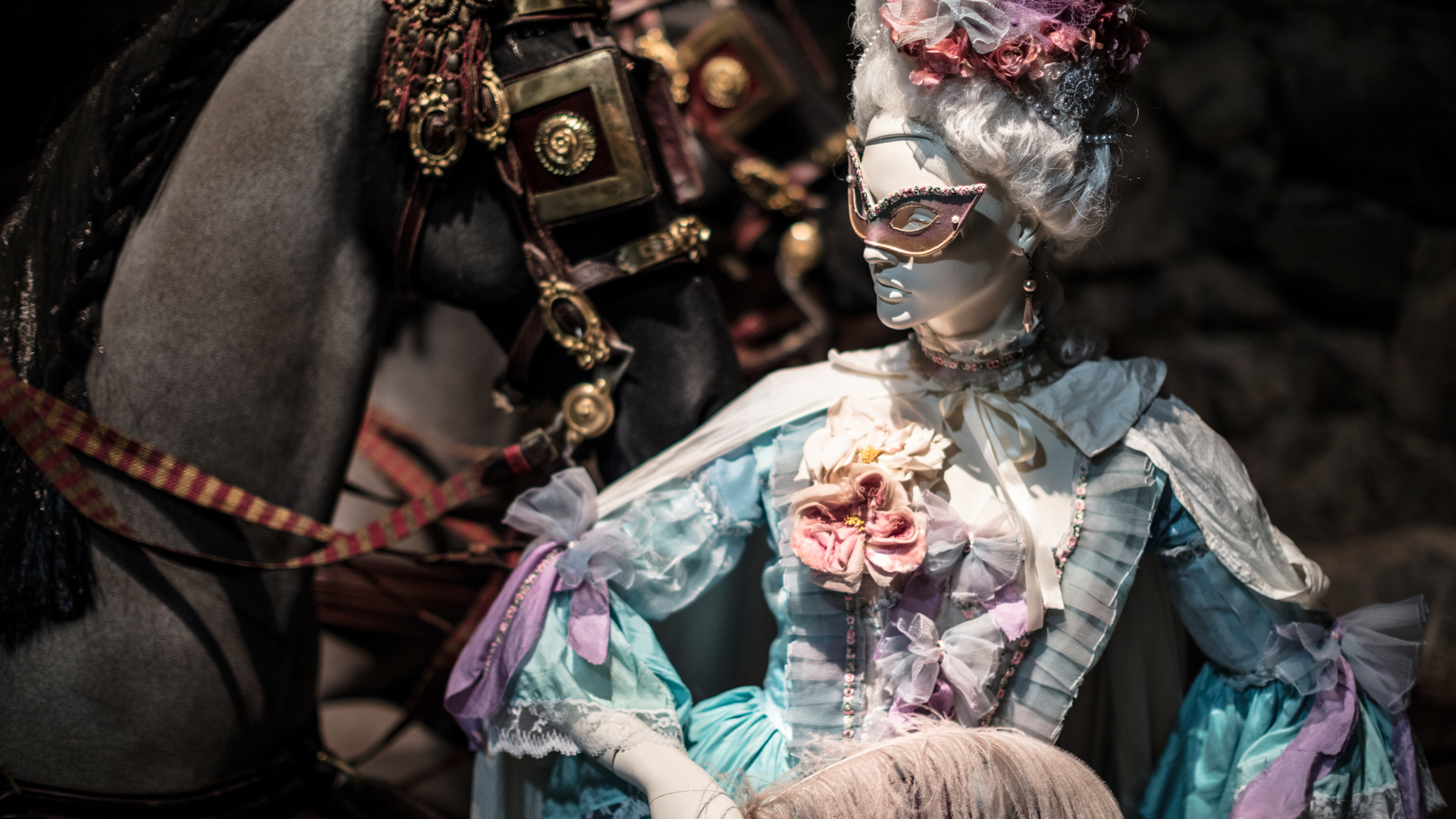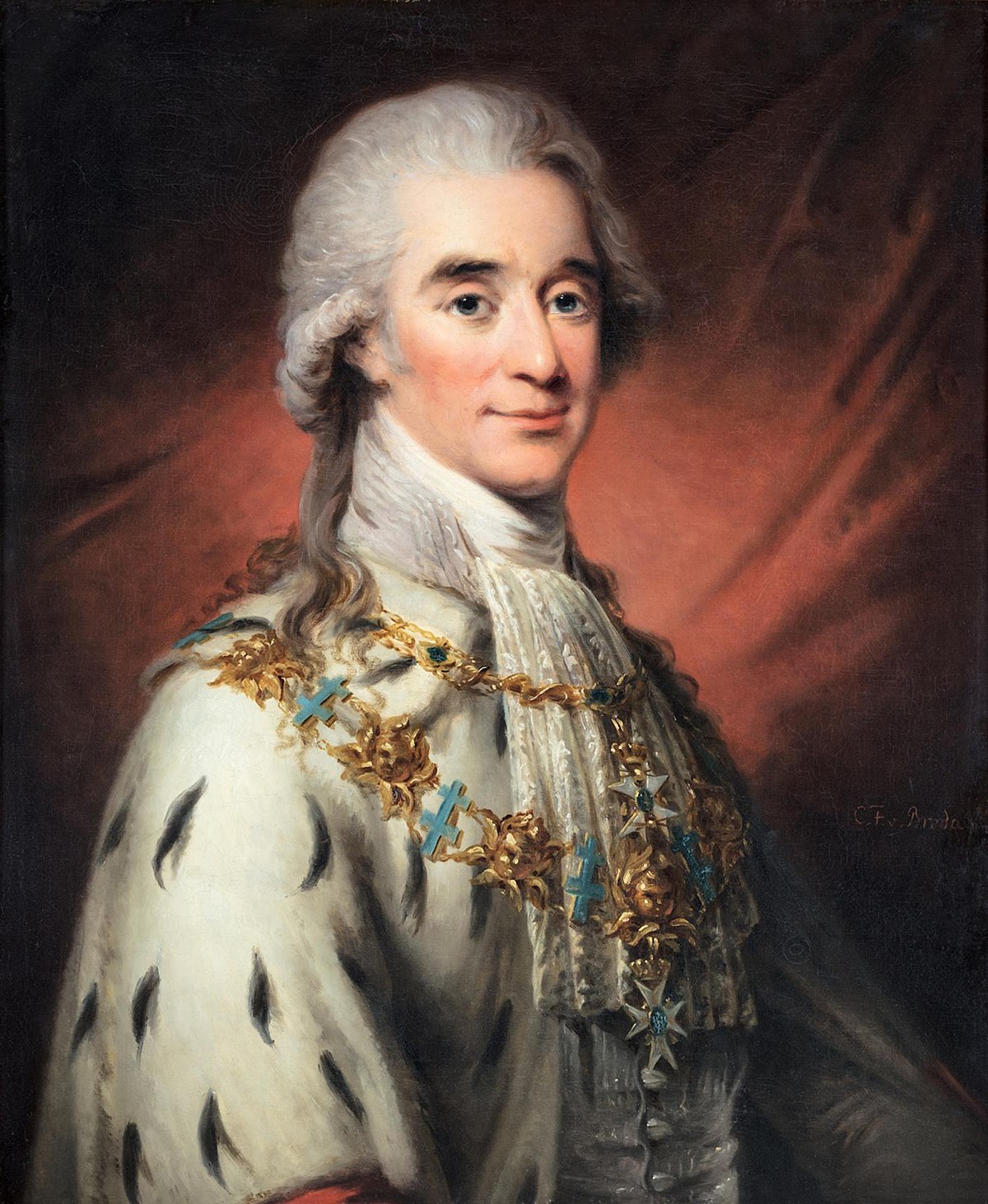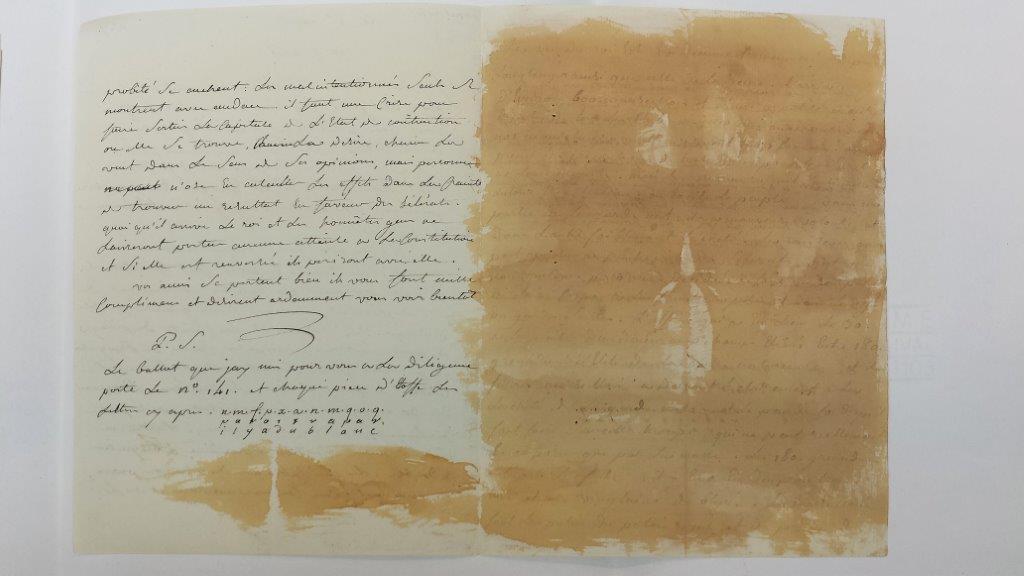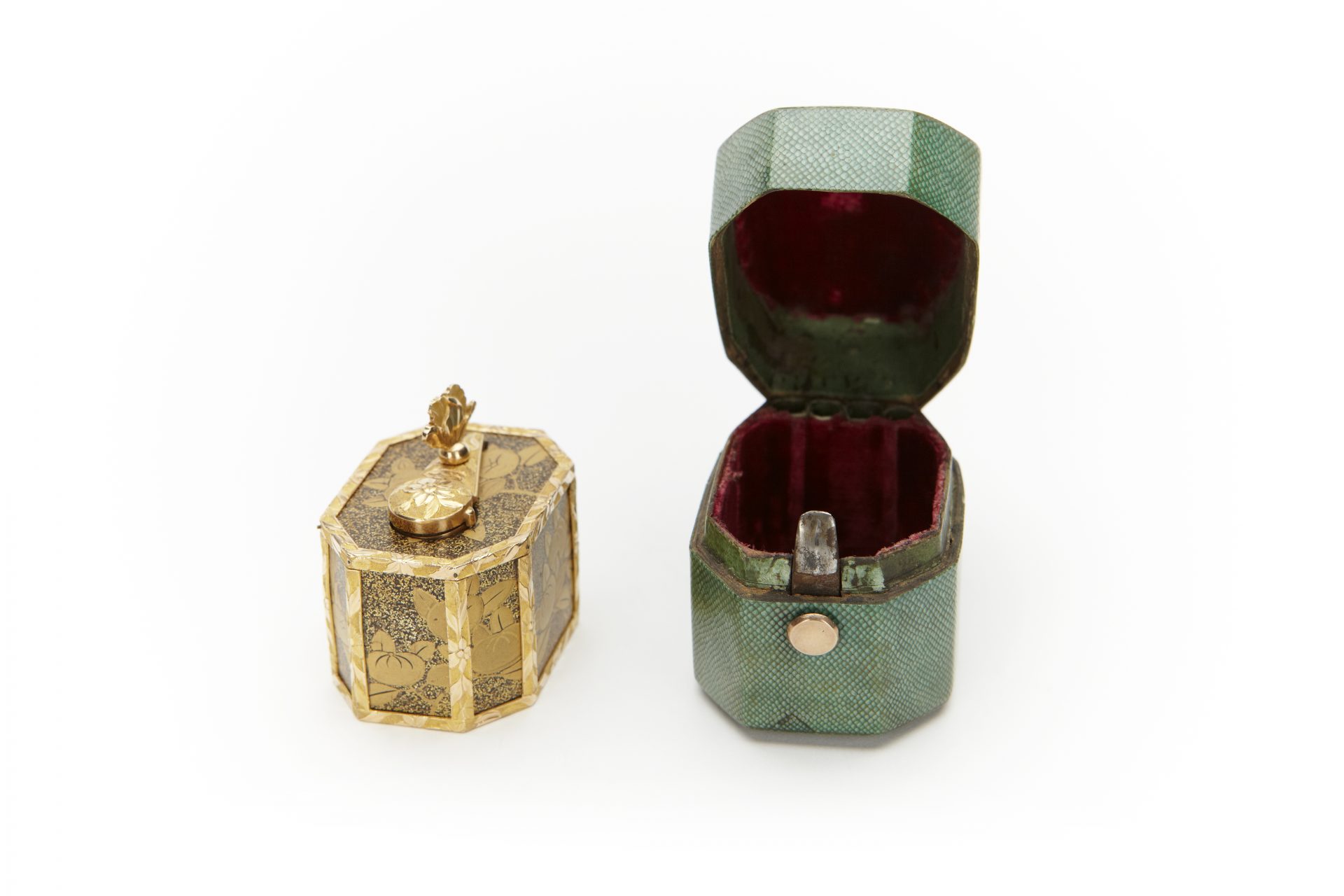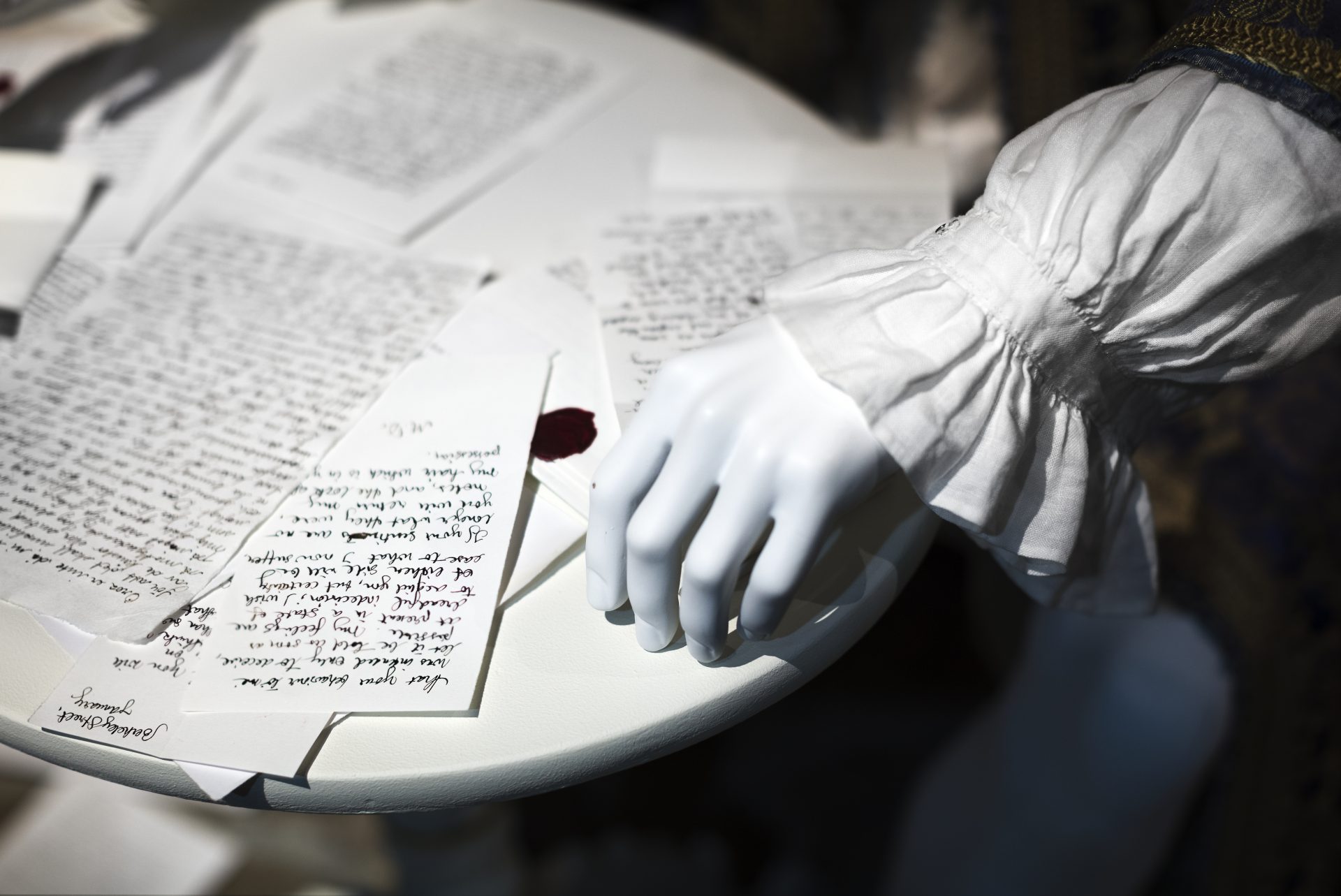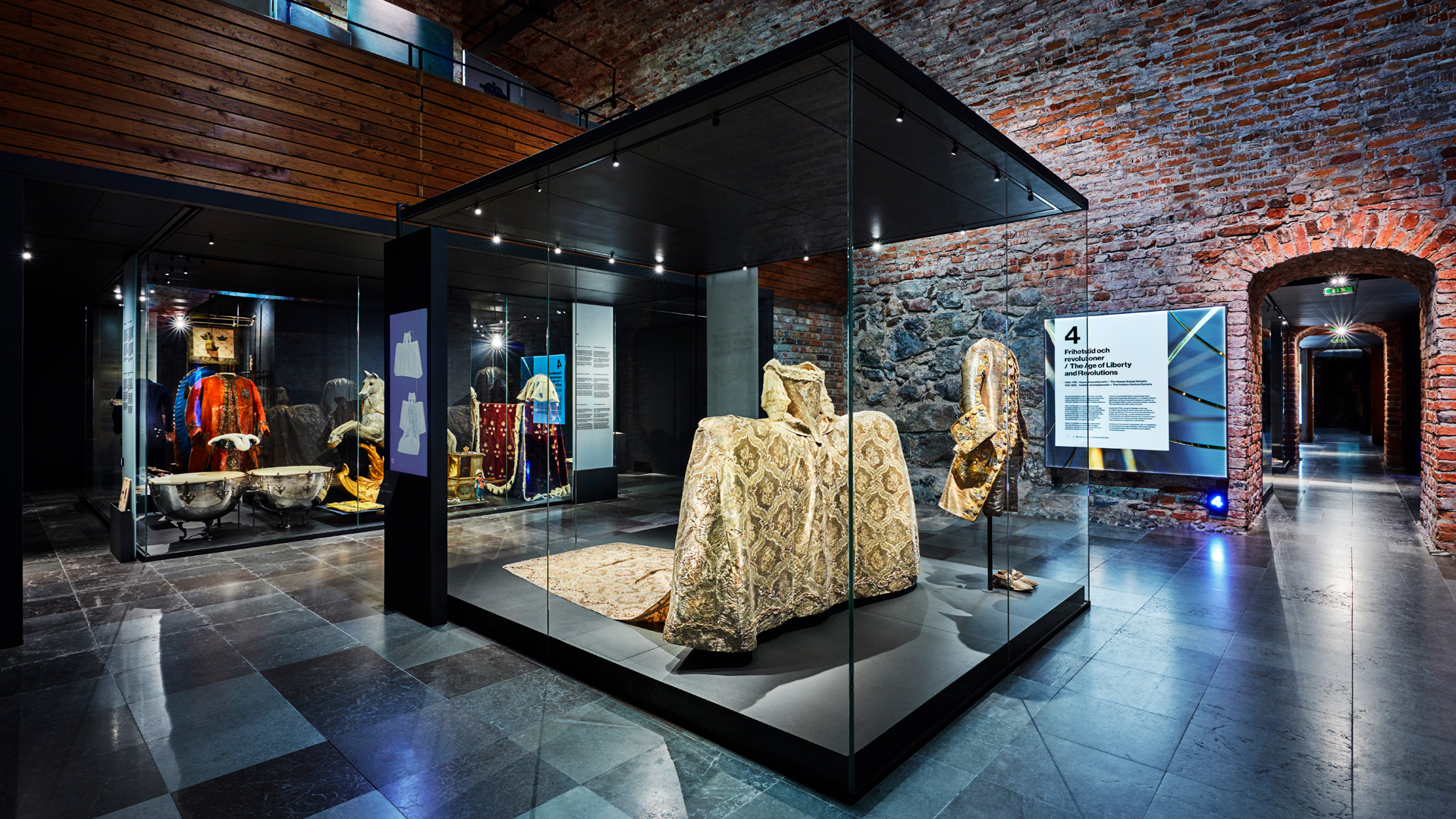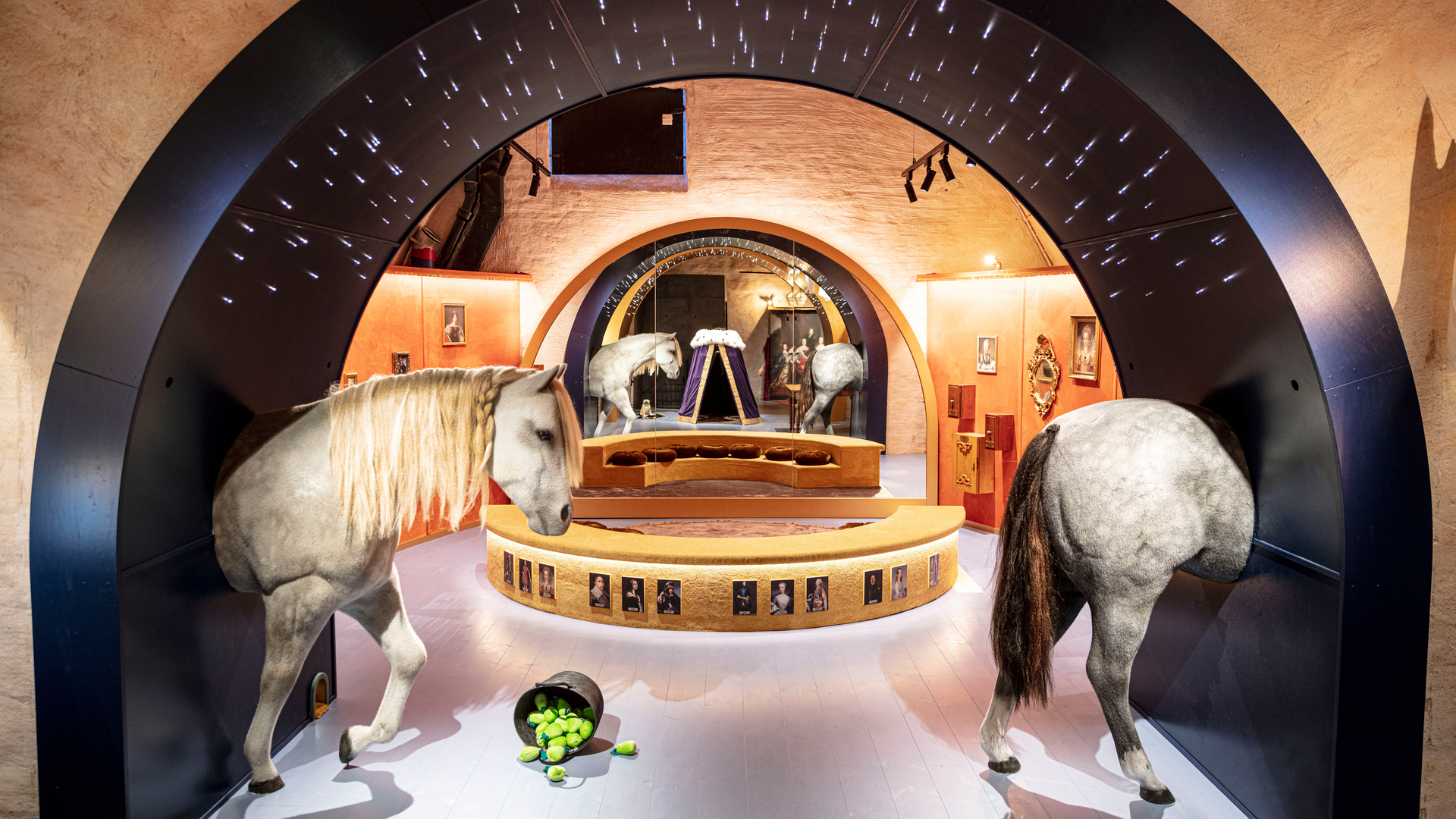
October 27, 2017 – January 6, 2019
I love you madly
They were young, beautiful and in love. They had power and influence over others, but could not determine their own lives. The exhibition I love you madly looked at Swedish Count Hans Axel von Fersen and his relationship with one of the world’s best-known women and Queen of France, Marie Antoinette.
At the center of the exhibition I love you madly stands the letters Axel von Fersen and Marie Antoinette sent to each other for several years – from 1778 to Marie’s last time in captivity while she was waiting for her execution. For a long time one thought that many of the letters were lost. But in the 1980s some showed up on an auction. They exist today in the French National Archives. Some were written with code or had overlining. Some have researcher lately succeeded to decipher – among other the letter wiht Marie’s declaration of love to Axel.
